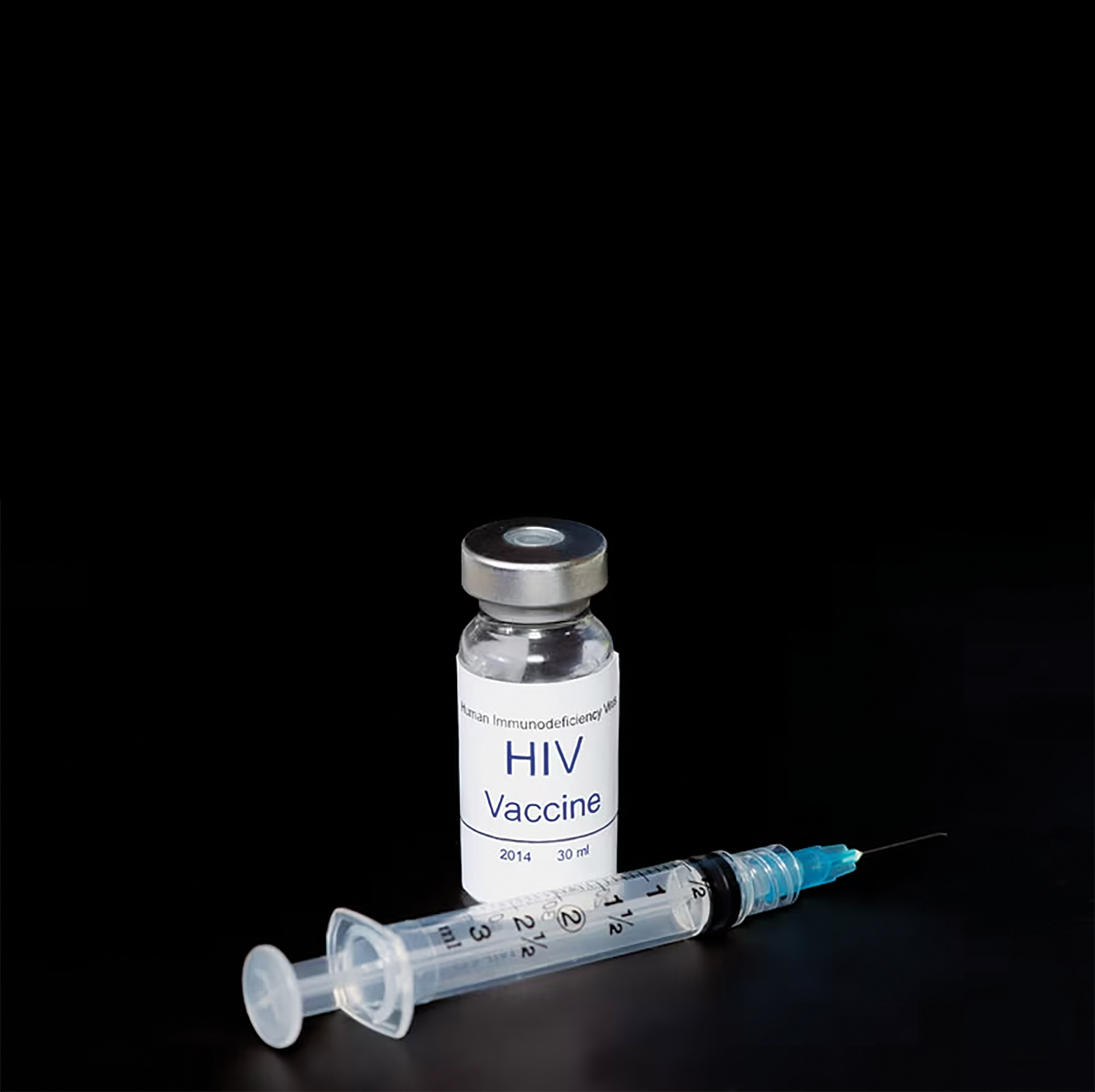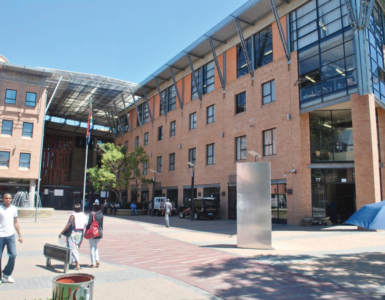Help: The World Health Organization are hoping to help nearly 40 million people and end the hiv Virus by 2030
By Monk Nkomo
A new effective and affordable treatment to drive out the last remnants of the dreaded HIV pandemic and cure the nearly 40 million people infected by the virus worldwide by the year 2030, has been developed by a team of international researchers.
A new study involving researchers from the University of Bristol and the University Toronto, showed a virus-like particle (HLP) could effectively ‘’ shock and kill’’ latent HIV reservoirs in people living with chronic HIV.
An international team of researchers led by Professor Eric Arts of the Schulich School of Medicine and Dentistry in Canada and Dr. Jamie Mann, senior lecturer at the University of Bristol, were a step closer to meeting the goal of finding an effective and affordable targeted treatment strategy for an HIV cure.
The World Health Organization (WHO), the Global Fund and the UNAIDS were hoping to end the HIV virus and HIV epidemic by 2030 following the latest developments..
In a first of its kind, the study, published in Emerging Microbes and Infections, demonstrated the team’s patented therapeutic candidate. The HIV- virus-like particle (HLP), was 100 times more effective than other candidate HIV cure therapeutics for people living with chronic HIV on combined antiretroviral therapy (cART).

‘IN SIGHT’
TO FINALLY FIND CURE
FOR HIV-AIDS
‘’If successful in clinical trials, HLP could be used by millions of people living around the world to free them of HIV. This study was done using blood samples from people living with chronic HIV.’’
Professor Arts, who is also Canada Research Chair in HIV Pathogenesis and Viral Control, said : ‘’ The development of this HIV cure was 10 years in the making but with strong support from our collaborators in the USA, Canada and Uganda, we have observed a striking ability of HLP to drive out the last remnants of HIV-1, which we hope will provide and affordable cure for all.
To live HIV-free is a goal for the 39 million people infected. It is also the priority of the United Nations and the WHO to end the HIV pandemic by 2030.’’
HLPs are dead HIV particles hosting a comprehensive set of HIV proteins that increase immune responses without infecting a person. When compared with other potential cure approaches, HLP is an affordable biotherapeutic and can be administered by intramuscular injection – similar to the seasonal flu vaccine.
Nearly ninety-five percent of people living with HIV had chronic HIV – where the virus is slowly causing a slow destruction of the patient’s immune system when they initiated lifelong cART.
Minh Ha Ngo, lead author and postdoctoral scholar in the Department of Microbiology, said : ‘’One concern expressed among people living with HIV for years, is that continued use of cART could lead to the virus becoming unreachable and unable to be eliminated.
The results of this study, by contrast, demonstrate that combining HLP with cART is still able to trigger the latent reservoir, even in chronic cases. If these dormant latent reservoirs can be awakened, then they can be eliminated from the body.’’
While cART was effective at treating HIV, it had been unable to completely eliminate the virus from the body.
This was because of the virus’ ability to create a ‘’latent reservoir’’ – where it hid dormant inside of cells, safe from detection. Using blood samples from 32 participants living with chronic HIV from the USA, Uganda and Canada, who were on stable cART for a median of nearly 13 years, researchers found that HLP was able to specifically target just the immune cells containing latent HIV reservoir and purge these calls of their HIV, a critical step towards an HIV-1 cure. An HIV cure is typically described as therapy and approach that eleiminates all HIV without the need of continuous antiretroviral therapy.
Over time, the virus grows more diverse within a single individual who was not on treatmet which made it more difficult to target, according to Ryan Ho, a master’s student in the Department of Microbiology and Immunology who is also co-lead author. The formulation that they had crafted covered the theoretical diversity so that it could reach the HIV-1 in all those people living with HIV.
‘’Owing to its high mutation rate, HIV exhibits remarkable genetic diversity, resulting in different viral subtypes some of which predominate in particular regions of the globe’, said Dr. Mann. ‘’ We were excited to see preliminary evidence that our HLP cure therapy reverses latency irrespective of the subtype of the individual’s infection. Whilst this needs to be explored further, it hints at the global applicability of our approach.’’
Researchers said their future plan was to test HLP on a large representative HIV cohort with subtype C infections which included people living in South Africa, Ethiopia, Vietnam and India.
This would help determine if the treatmebt strategy was effective for most people living with acute and chronic HIV. Current studies invloved confirming a lack of toxity in preparation for human clinical trials.






